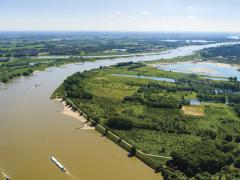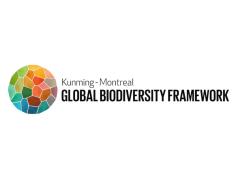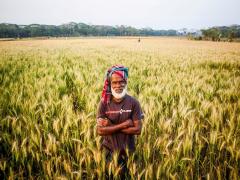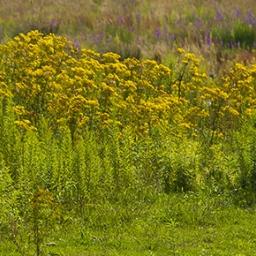Coherence present. Navigating towards a sustainable future
The world is looking for ways to navigate challenges, such as climate change mitigation and adaptation, food security and biodiversity loss, in order to safeguard current and future global well-being. These challenges are complex and deeply interrelated, which means coherent approaches are required to enable the shift towards sustainable development pathways. In these infographic presentations, PBL Netherlands Environmental Assessment Agency offers six storylines that each illustrate various types of interrelations, as well as multiple strategies to address coherence in practice.
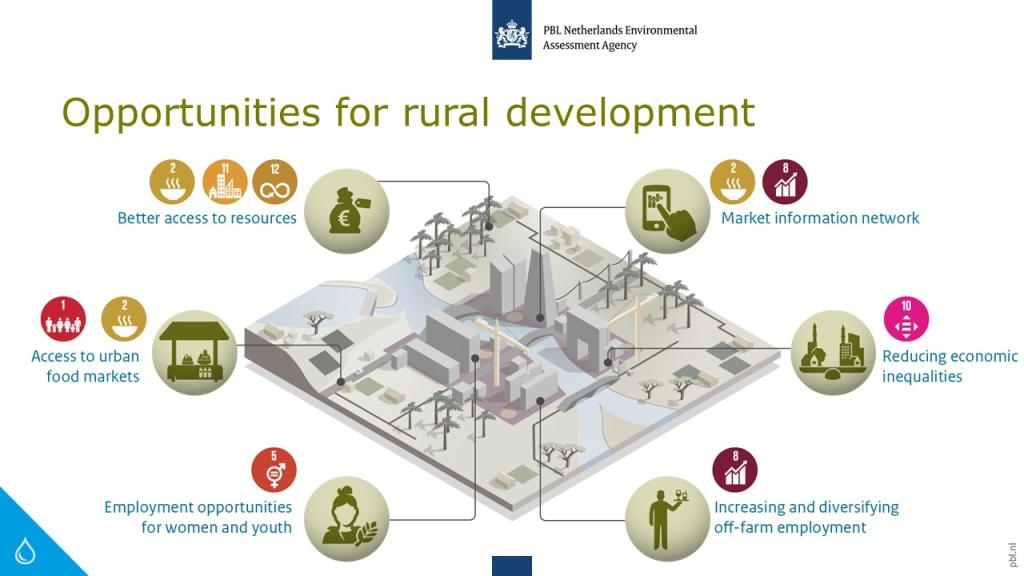
There is broad recognition about the need for coherent policy approaches to address the interrelated character of sustainable development. At the same time, putting such coherence into practice can often be a challenge in itself. It requires insight into the characteristics of the interrelationships and the approaches to address them. Over the years, the cooperation between PBL Netherlands Environmental Assessment Agency and the Ministry of Foreign Affairs has yielded several such insights. A set of infographic presentations provides several storylines to support policymakers navigating the challenge of practicing coherence.
Why infographic presentations?
PBL has extensive experience in visualising complex information. For instance, in 2017, PBL Netherlands Environmental Assessment Agency published ‘People and the Earth’ : a set of 23 infographics to communicate challenges and options for making progress towards the UN’s 2030 Agenda for Sustainable Development. A key contribution by such visualisations is their ability to achieve a common understanding of a topic between different people. This contribution is often achieved by using such infographics in presentations given to colleagues and other audiences.
In order to facilitate this potential contribution, PBL Netherlands Environmental Assessment Agency has developed multiple PowerPoint presentations. Each slide contains an infographic as well as an explanation. Together, these make up the storyline of a specific case that is set around various forms of coherence and the approaches to address them.
The presentations are free to use and adapt by anyone (CC-BY License). They are available in two different file formats (PPTX, ODP).
Six storylines
Together, the presentations contain storylines about three different forms of coherence, and three possible approaches to address them. The presentations show how there can be coherence between policy domains, in time, and in space. Coherence in policy domains refers to the interlinkages between problems and solutions around various issues, such as climate change and biodiversity loss. Coherence in time refers to the fact that choices made today affect what choices will be available in the future. Coherence in space refers to the way that activities in one place often depend on those in another place.
Furthermore, the presentations show that coherence can be addressed by enhancing collaborations between various actors at various levels of governance (from local to global), by creating enabling conditions for sustainable development, and by implementing policies that have the potential for iterative policy learning.
How does climate action link short- and long-term benefits?
Today, a range of measures is being implemented to meet long-term climate mitigation goals. At the same time, these measures have short-term effects on other SDGs. Some positive, some negative. This presentation shows these side effects for a set of good practice climate measures, with some effects being specific to certain world regions.
- Document | 31 May 2022 | PPTX, 3.31 MBDownload climate presentation
- Document | 24 May 2022 | ODP, 3.37 MBDownload climate presentation
- Rapport | 15 June 2021Further reading: Climate change measures and sustainable development goals
How can rural livelihoods benefit from urbanising food systems?
Urbanisation changes food systems. This presentation shows how these changes involve both opportunities and risks for rural livelihoods. Furthermore, it shows how so-called enabling conditions can stimulate the opportunities, while limiting the risks. Some enabling conditions can be implemented on a local or national scale, whereas others may require global action.
- Document | 24 May 2022 | PPTX, 3.04 MBDownload food presentation
- Document | 24 May 2022 | ODP, 3.13 MBDownload food presentation
- Rapport | 22 September 2020Further reading: The impact of urbanisation on food systems in West and East Africa
How to cope with future water challenges in river basins and deltas?
There is a strong link between water and many Sustainable Development Goals (SDGs). This presentation focuses on the relevance of river basins and their deltas to sustainable development. Human interventions and climate change have an impact on the SDGs in these areas, both now and in the future. The presentation shows how developing ambitious and flexible adaptation pathways is required to navigate river basins and deltas towards a climate-resilient and sustainable future.
- Document | 20 June 2022 | PPTX, 5.28 MBDownload water presentation
- Document | 20 June 2022 | ODP, 5.35 MBDownload water presentation
- Publicatie | 19 April 2018Further reading: The geography of future water challenges
- LinkFurther reading: PBL Themesite future water challenges: river basin delta tool
How to tap into the learning potential of integrated landscape management?
Landscape approaches are increasingly being looked at by policies for international development. This presentation shows the underlying promise of such approaches, while highlighting the need to pay attention to the learning processes they involve. Only by tapping into this learning potential, the benefits of landscape approaches can be more fully reaped.
- Document | 24 May 2022 | PPTX, 2.56 MBDownload ilm presentation
- Document | 24 May 2022 | ODP, 2.57 MBDownload ilm presentation
- Tekstpagina | 30 June 2020Further reading: Landscape governance and planning
What does it mean to take a global perspective on the circular economy?
This presentation uses the global clothing value chain to show how various world regions might be a part of the global circular economy. Such a global perspective uses the potential for circularity found in the existing value chain, to provide important sustainability benefits around the world as well as socio-economic gains in low-income countries.
- Document | 24 May 2022 | PPTX, 2.28 MBDownload circular economy presentation
- Document | 24 May 2022 | ODP, 2.37 MBDownload circular economy presentation
- Rapport | 9 May 2022Further reading: Addressing international impacts of the Dutch circular economy transition
What is the potential of land restoration to deliver multiple benefits?
Measures that contribute to land restoration have the potential to deliver multiple environmental and societal benefits simultaneously. This presentation compares the relative benefits of a future with restoration and one without, for various world regions. It also shows the commitments countries have made about their restoration ambitions, which currently cover around one fifth of the potential area that can be restored in the scenarios.
- Document | 31 May 2022 | PPTX, 4.8 MBDownload land restoration presentation
- Document | 24 May 2022 | ODP, 4.88 MBDownload land restoration presentation
- LinkFurther reading: PBL Themesite Nature-based solutions
- Rapport | 4 June 2021Further reading: The global potential for land restoration
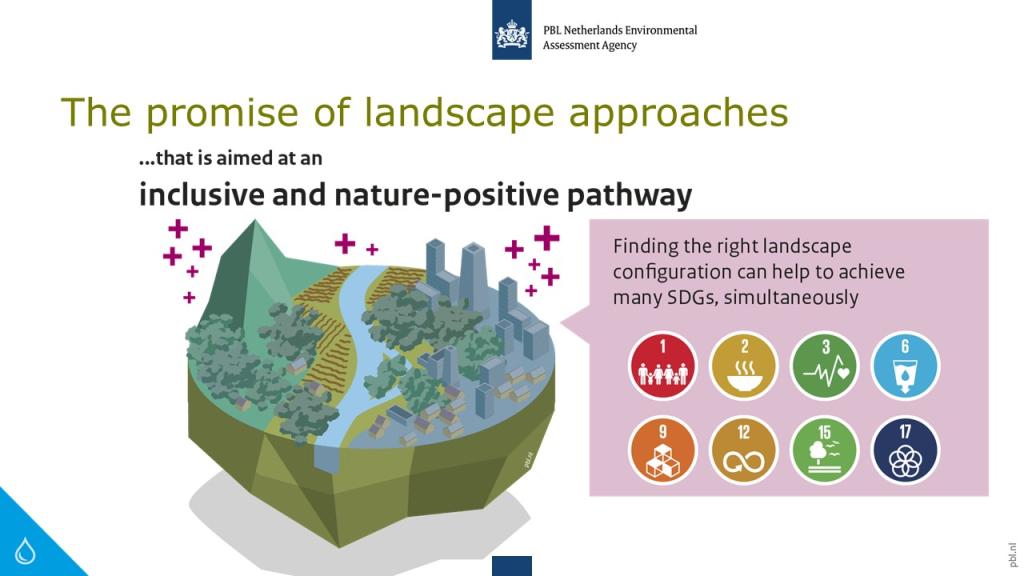
Authors
Specifications
- Publication title
- Coherence present
- Publication subtitle
- Navigating towards a sustainable future
- Publication date
- 20 June 2022
- Publication type
- Publication
- Publication language
- English
- Product number
- 4431
